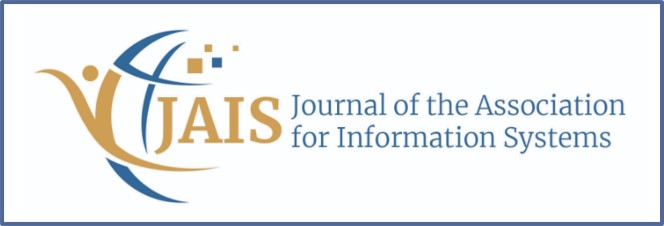
Abstract
Researchers and practitioners have an abiding interest in improving tools and methods to support idea generation. In studies that go beyond merely enumerating ideas, researchers typically select one or more of the following three constructs, which are often operationalized as the dependent variable(s): 1) idea quality, 2) idea novelty, which is sometimes referred to as rarity or unusualness, and 3) idea creativity. It has been chronically problematic to compare findings across studies because these evaluation constructs have been variously defined and the constructs have been sampled in different ways. For example, some researchers term an idea 'creative' if it is novel, while others consider an idea to be creative only if it is also applicable, effective, and implementable. This paper examines 90 studies on creativity and idea generation. Within the creativity studies considered here, the novelty of ideas was always measured, but in some cases the ideas had to also meet additional requirements to be considered creative. Some studies that examined idea quality also assessed novelty, while others measured different quality attributes, such as effectiveness and implementability, instead. This paper describes a method for evaluating ideas with regard to four dimensions--novelty, workability, relevance, and specificity--and has identified two measurable sub-dimensions for each of the four main dimensions. An action-research approach was used to develop ordinal scales anchored by clearly differentiable descriptions for each sub-dimension. Confirmatory factor analysis revealed high loadings among the sub-dimensions that comprise each dimension as well as high discriminant validity between dimensions. Application of this method resulted in high inter-rater reliability even when the method was applied by different raters to different problems and to ideas produced by both manual methods and group support systems (GSS).
Recommended Citation
Dean, Douglas L.; Hender, Jillian M.; Rodgers, Thomas L.; and Santanen, Eric L. Bucknell University
(2006)
"Identifying Quality, Novel, and Creative Ideas: Constructs and Scales for Idea Evaluation,"
Journal of the Association for Information Systems, 7(10), .
DOI: 10.17705/1jais.00106
Available at:
https://aisel.aisnet.org/jais/vol7/iss10/30
DOI
10.17705/1jais.00106
When commenting on articles, please be friendly, welcoming, respectful and abide by the AIS eLibrary Discussion Thread Code of Conduct posted here.

